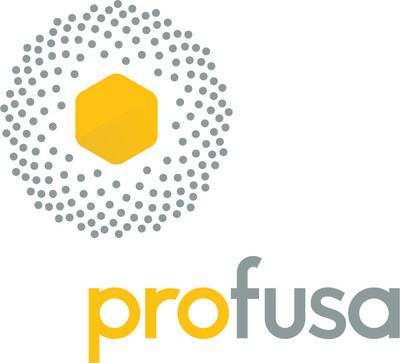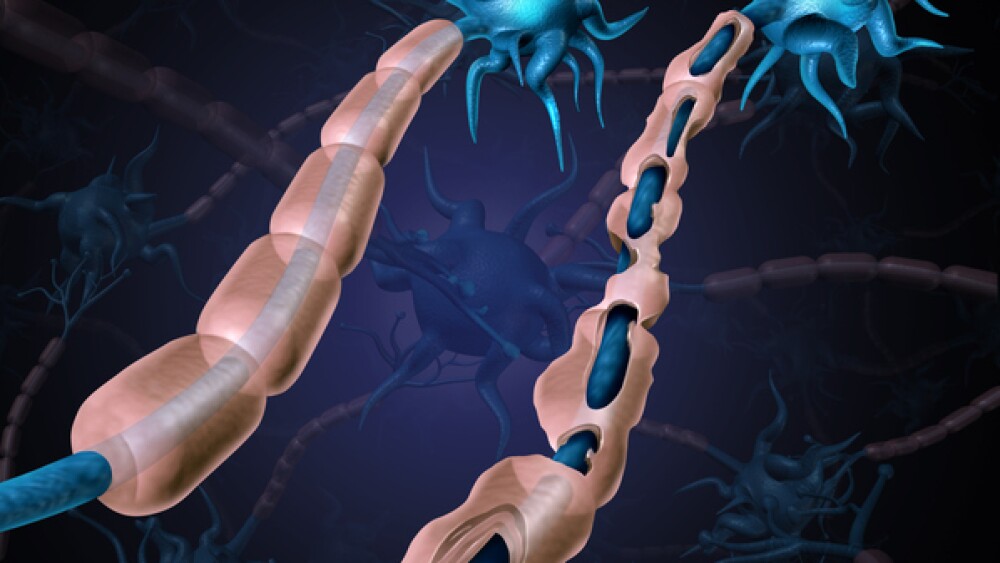Profusa today announced promising clinical data from two studies evaluating the company’s Lumee™ Oxygen Platform, a tiny, injectable tissue-integrated biosensor and an intelligent data platform intended for continuous, real-time monitoring of tissue oxygen levels.
|
LEIPZIG, Germany and SOUTH SAN FRANCISCO, Calif., /PRNewswire/ -- Profusa today announced promising clinical data from two studies evaluating the company's Lumee™ Oxygen Platform, a tiny, injectable tissue-integrated biosensor and an intelligent data platform intended for continuous, real-time monitoring of tissue oxygen levels. The data, presented at the Leipzig Interventional Course (LINC) in Leipzig, Germany, indicate that the Lumee platform measures tissue oxygen level changes in both healthy volunteers and patients with critical limb ischemia (CLI).
The Lumee Oxygen Platform received CE (Conformité Européene) Mark in October 2016 for continuous monitoring of tissue oxygen. Profusa's Lumee™ Oxygen Platform is CE Marked for sale in the EU for monitoring tissue-oxygen perfusion as a general indication. In the U.S., the Lumee Oxygen Platform is an Investigational Device limited by Federal Law to Investigational Use. Measuring Changes in Tissue Oxygen "Measurements of regional tissue oxygen serve as a proxy to monitor local perfusion and have the potential to guide crucial therapeutic decisions in multiple clinical disciplines for peripheral artery disease, or PAD, and wound management, that are now made on the basis of clinical judgement and experience alone without guidance," said Dr. Schneider. "These findings presented at LINC show promise that the Lumee Oxygen Platform can become a valuable tool for clinicians when they need to assess perfusion." In the study, after the Lumee biosensor was injected in the forearm of seven healthy volunteers, vascular occlusion tests were performed on the arms of enrolled volunteers and simultaneous measurements of oxygen were recorded using both the Lumee platform and tcpO2, (a commonly used noninvasive technique that measures the oxygen level of tissue below the skin), with repeated tests occurring one to 10 weeks after biosensor injection. Results revealed that the Lumee platform and tcpO2 were highly correlated, with both technologies showing a statistically significant decrease in oxygen levels during occlusion (Interruption of blood flow by pressure cuff) (p<0.001 for each device). Data also revealed that the Lumee platform detected faster rates of oxygen change during both the occlusion and recovery phases (p<0.001, Wilcoxon signed-rank test) and detected reactive hyperemia (increased blood flow) in a higher percentage of tests (38% versus 4% occlusion tests). OMNIA Subset Analysis "We are pleased to see that continuous monitoring of extravascular tissue oxygen using the Lumee Oxygen Platform showed a positive correlation to TBI, demonstrating that this technology could be useful to help guide clinical choices during CLI management," said Dr. Brodmann. "These data also validate previous research that showed increases in oxygen during revascularization may be a sensitive indicator of wound healing following the procedure." The OMNIA Study is an ongoing multicenter trial evaluating use cases of the Lumee Oxygen Platform. Preliminary analysis assesses the relationship between oxygen levels, traditional hemodynamics (blood flow) and wound healing in the affected limbs of patients with CLI before, during and one day after revascularization using the Lumee platform, with follow-up visits around 30, 90, 180 and 365 days. Enrolled patients received four injected Lumee biosensors; three in the foot and one as a reference sensor in the arm. "Since our inception, we've been dedicated to revolutionizing the management and utilization of personalized biochemical-level data, such as tissue oxygen" said Ben Hwang, Ph.D., Profusa chairman and chief executive officer. "These data show promise that the Lumee platform may help inform clinical treatment decisions and provide clinicians with a way to continuously measure tissue oxygen levels in the ischemic limb before, during, and after treatment, enabling appropriate therapy to be administered in a timely fashion before advanced and more critical symptoms appear." Affecting more than 200 million people worldwide, PAD is a condition that results in the narrowing of blood vessels and reduced blood flow to the lower limbs. CLI is a serious form of PAD that can result in severe pain in the feet or toes, even while resting. Decreased tissue oxygen levels in the lower limbs of PAD patients can lead to disabled walking, or in more advanced cases, gangrene and amputation. About Profusa, Inc.
SOURCE Profusa, Inc. |





